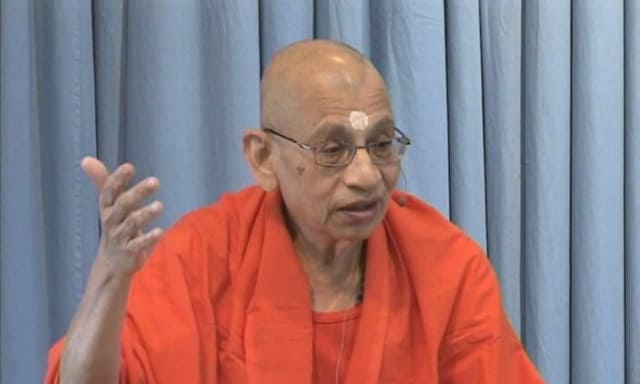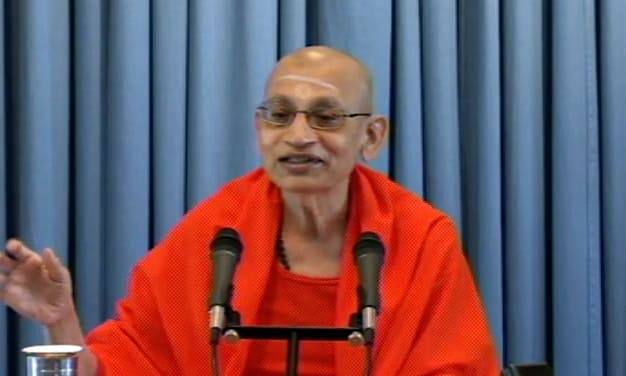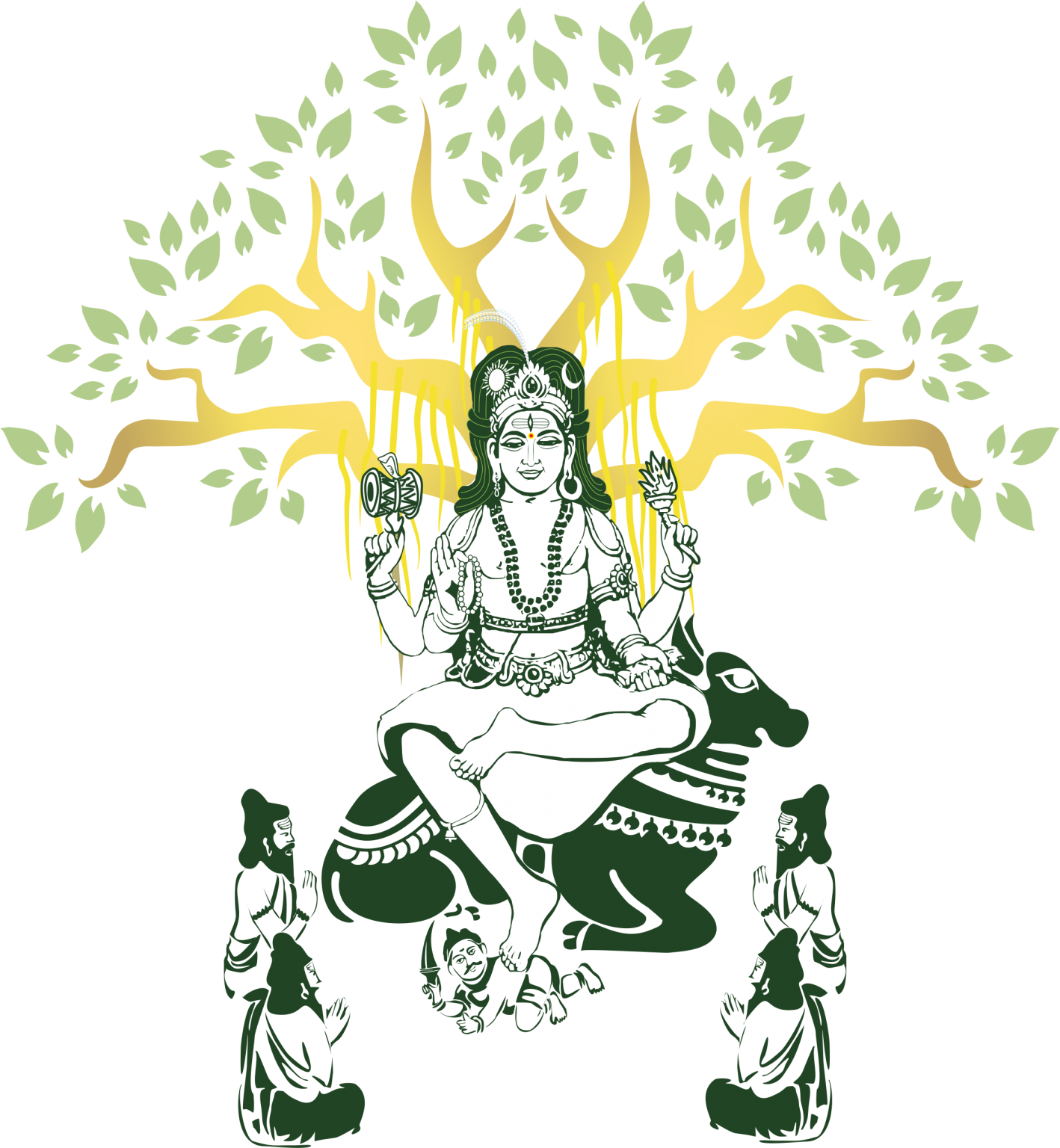Satsang with Swami Viditatmananda Saraswati
Transcribed and edited by Malini and KK Davey.
Question:
I have limited time because of family obligations. What is the best sādhana for me to concentrate on: püjā, or meditation, or the study of the scriptures?
Answer:
Initially, my suggestion would be to study the scriptures. It will enable you to have a clear understanding of your objectives, and it will lead you to your objectives. It will also help you to understand what the role of püjā and meditation is.
It is not that you do one thing to the exclusion of the other; all these things have a place. Studying increases your intellectual understanding, püjā addresses your heart, meditation helps to focus your mind and assimilate the teaching. All these enable us to grow in every aspect of our being. If time is limited, do one thing one day and follow up with the other sādhanas in the subsequent days, e.g., do püjā on the first day, study the scriptures on the second day, and practice meditation on the third day. Blend all these sādhanas in your life.
Question:
If it is difficult to meditate, is it better to use that time to study the scriptures or to do püjā?
Answer
Bhagavan Ramana Maharishi says that there is a sequence in our worship, which is done at three levels, at the level of the body, at the level of speech and at the level of the mind. Püjā is worship done at the level of the body, meditation is worship done at the level of the mind. In between püjā and meditation is chanting and recital which can be described as worship at the level of speech.
Each step prepares the devotee for the next step. The easiest is püjā because it involves several activities and allows the mind to pursue a range of activities. This can be followed by the next step, chanting or recital; and this can be followed by mental worship or meditation. Perhaps you can try to follow this sequence in one session. Start with püjā to prepare the mind, followed with chanting which requires more concentration and then follow it with japa, which needs most concentration. Thus instead of abandoning the attempt to meditate, start with the step that requires minimum concentration. Meditation should not be given up because it is an excellent way to develop the capacity to focus our mind.
Question
What is the difference among the following terms: püjā, upāsana, japa, dhyāna, dhārana?
Answer
Püjā is worship that is usually performed at the level of the body with our limbs. Different steps or upacāras are required. There is a typical 16-step püjā in which worship takes place in 16 steps. In this püjā we treat the Lord as a revered guest by inviting him, welcoming him, seating him, washing his feet, making an offering, bathing him, dressing him in new garments, offering him flowers and ornaments, offering food and showing the light and praising him. This püjā or worship is performed at the level of the body, requiring the use of our hands, speech and mind.
Upāsana is worship performed at the level of the mind. Limbs and speech have no role to play in the upāsana. It is mental worship of the Lord. It can also be called meditation. A devotee can go through the püjā steps mentally or do other types of meditations. Japa is reciting the name or mantra of the Lord. Japa can be done at three levels – it can be recited loudly, slowly or in the mind. It can also be done in these three phases –aloud, softly and mentally.
Dhyānam is meditation. Both upāsana and japa done mentally can also be called meditation. Dhyānam or meditation means maintaining the same thought for a length of time, with Īśvara as the content of the thought. Yoga-śāstra prescribes meditation with the help of praāava or oṣkāra. Dhāraāa means concentration, focusing your mind in a given place or spiritual center, e.g., the center located between the eyebrows. This center is called the ājïāchakra and it is prescribed that attention should be focused here. The focus can also be on something outside the body.



